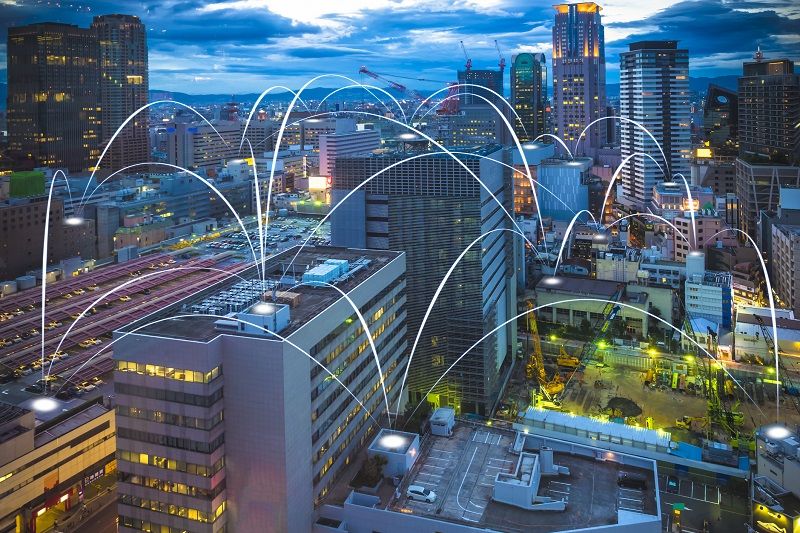The Future of IoT: Trends and Challenges You Can Expect to See in 2020
The internet of things (IoT) is a term used to describe connected devices that use software and data to carry out their functions smarter. The range of products is vast and includes items that can be found in the home (TV, fridges, kitchen appliances, etc.) and organizations (printers, machinery, vehicles). Here's what to expect in the coming year from the industry.
Moving from proof of concept to proof of value
New technologies always create a buzz and IoT is no different. There have been a plethora of takes on how IoT will change home, industries, and governments for the better. Thus far, all of these have been theories that look good on paper. The challenge will be realizing those theories. IoT prospects have either been theorized or tested under controlled conditions. As they enter the market, their real performance value will be seen.
Can 5G unleash IoT
IoT needs ample bandwidth to function. The sheer number of data-hungry devices that will be connected could cause serious network problems. 5G is expected to solve that problem. 5G can handle more bandwidth, is more efficient, has lower latency, and should be cheaper. It is expected to make autonomous vehicles and smart cities a reality. Both IoT and 5G are both new technologies; their effectiveness and real-world application are yet to be tested on a mass scale.

The rise of edge computing
More IoT devices will require more network bandwidth and processing power in the cloud. Edge computing is a solution to this potential problem; it takes cloud processing power and brings it closer to the device or takes place on the device itself. Edge computing either reduces or eliminates the need for cloud processing power. Edge computing will be necessary for IoT users who have limited internet connectivity. For example, a remote mine or plant.
Smart cities
Public entities are most likely to gain the most from IoT. Cities have budgets for the mass adoption of IoT. Even a small benefit, especially in efficiency and safety, can have enormous implications for local governments. Smart cities will use data and IoT to make infrastructure and services more intuitive to human needs. IoT can be applied to transport, health, safety, law enforcement, and so many other fields to help cities operate better – for example, using intelligent traffic lights to make traffic more efficient.
2020 will be a seminal year for IoT. Although the technology will face challenges regarding adoption and effectiveness, it is expected to make an impact still.
Learn More with EXIMA
EXIMA is your go-to place for the latest import/export information and help with international trade. Join today and gain access to the biggest online association for global trade!









